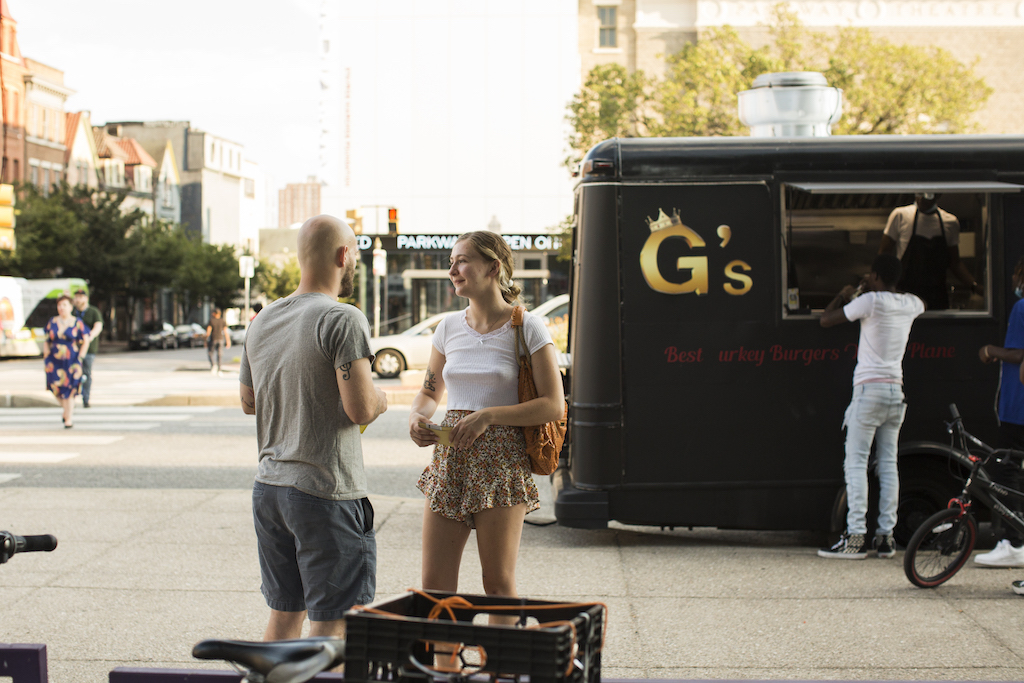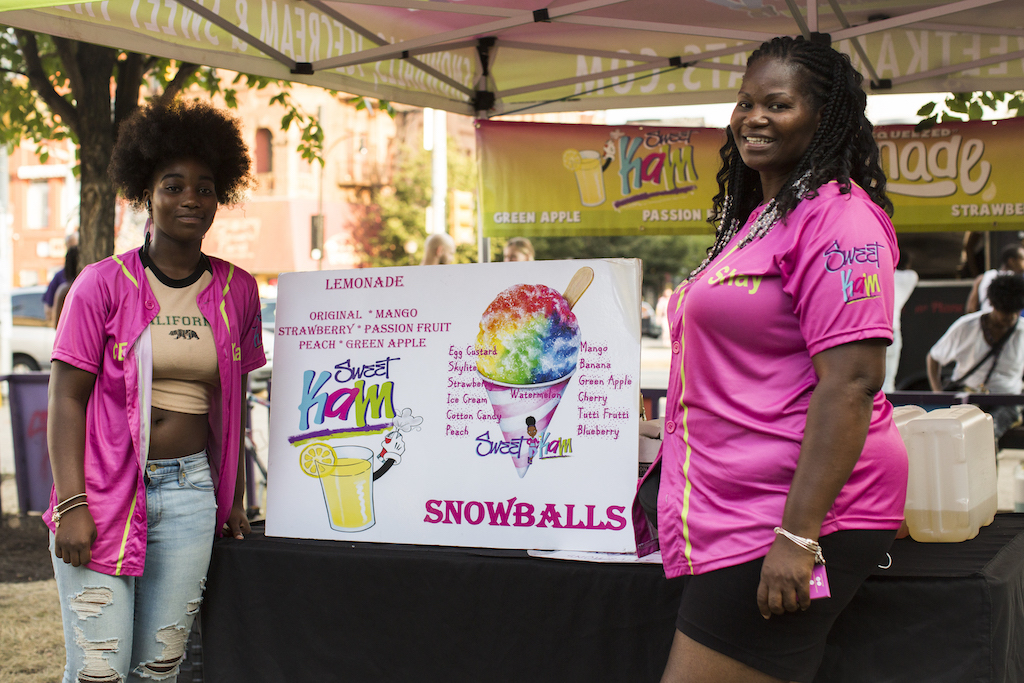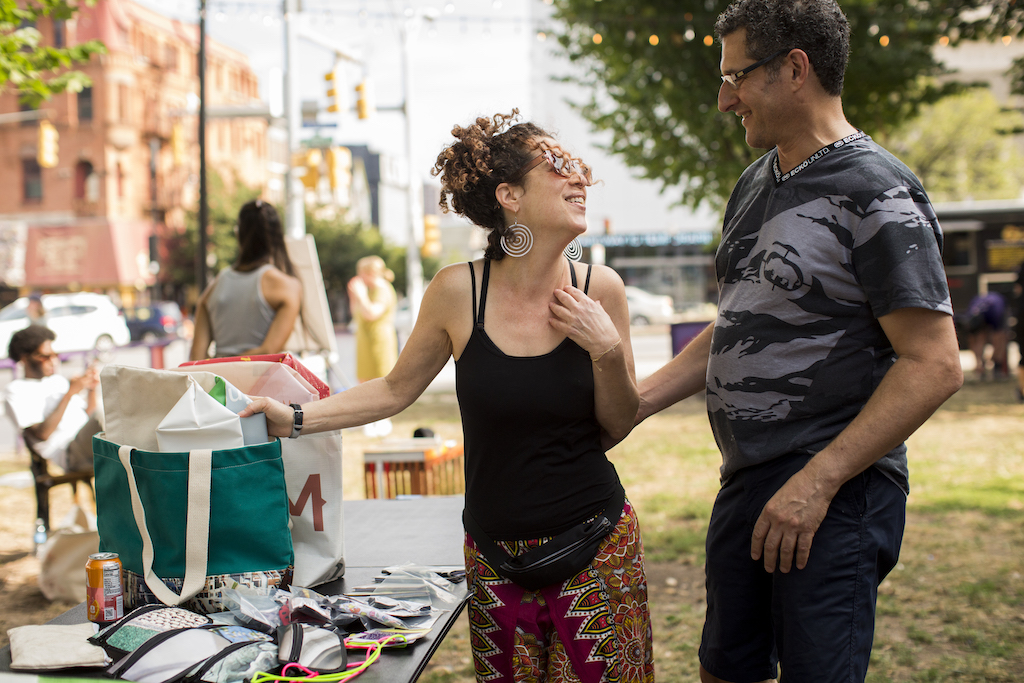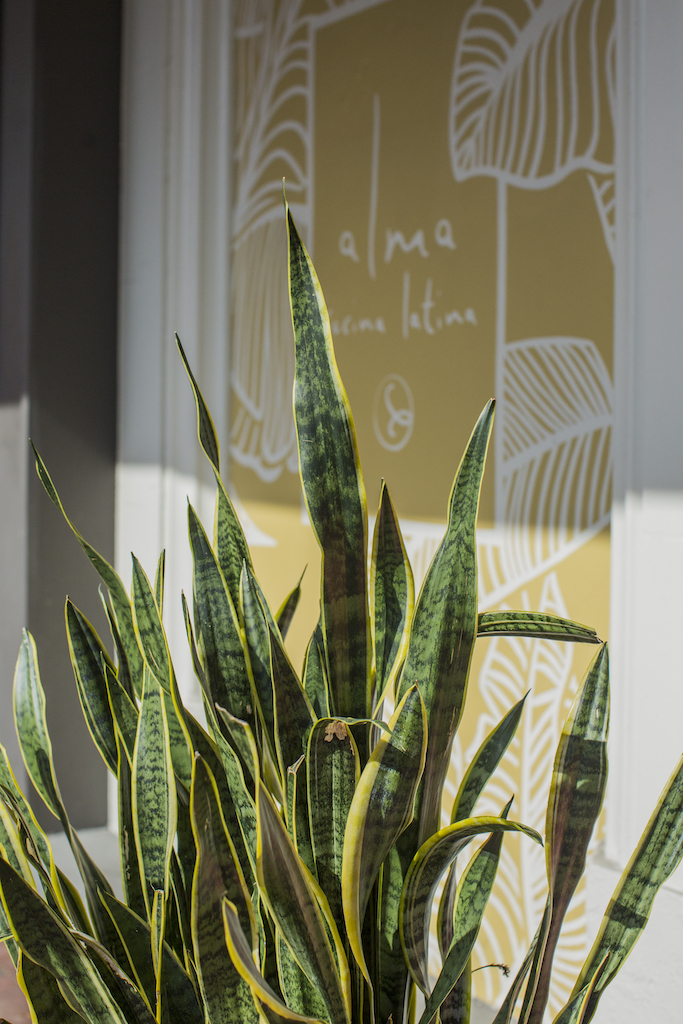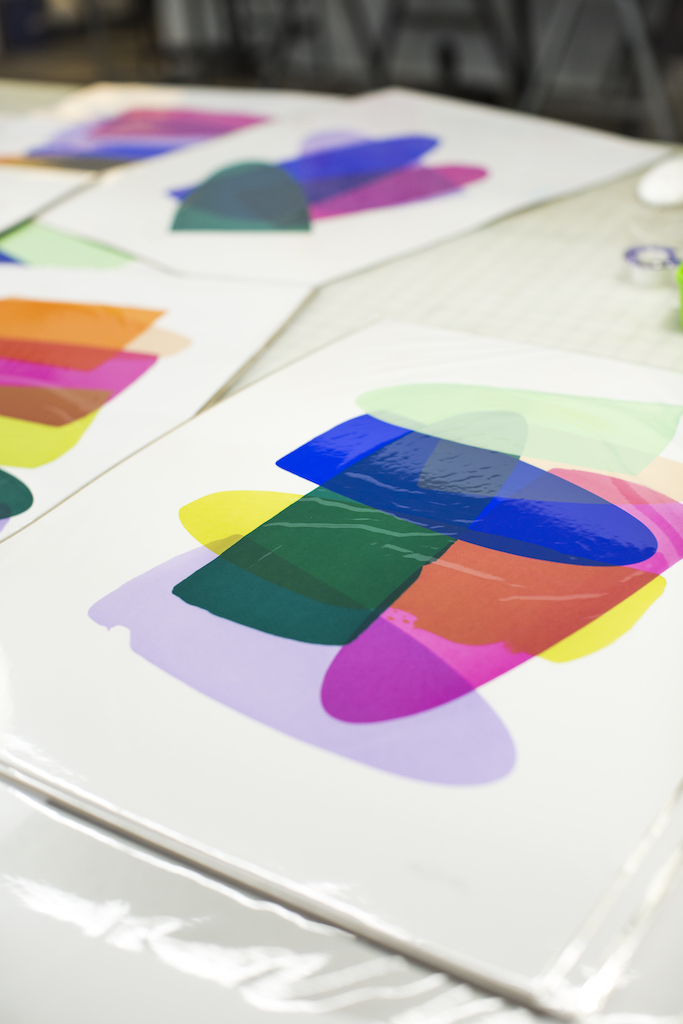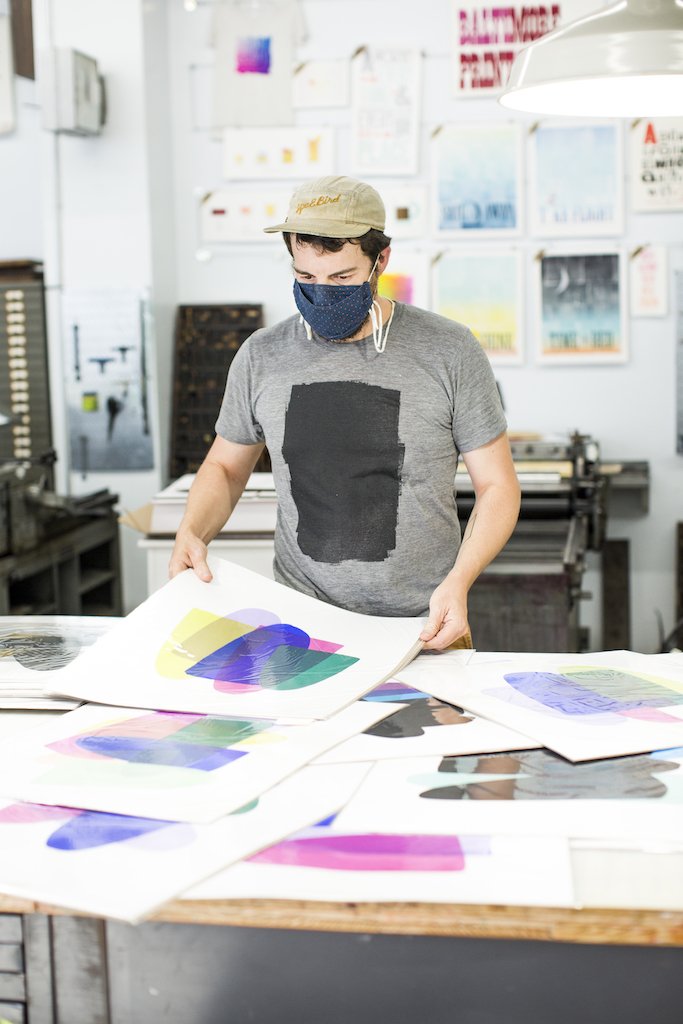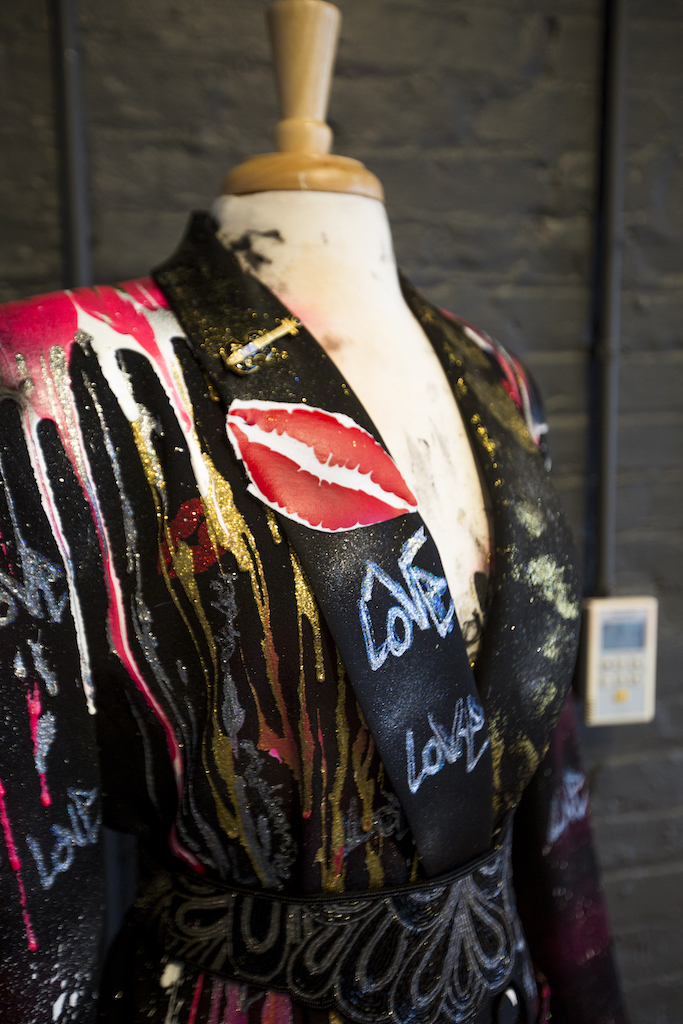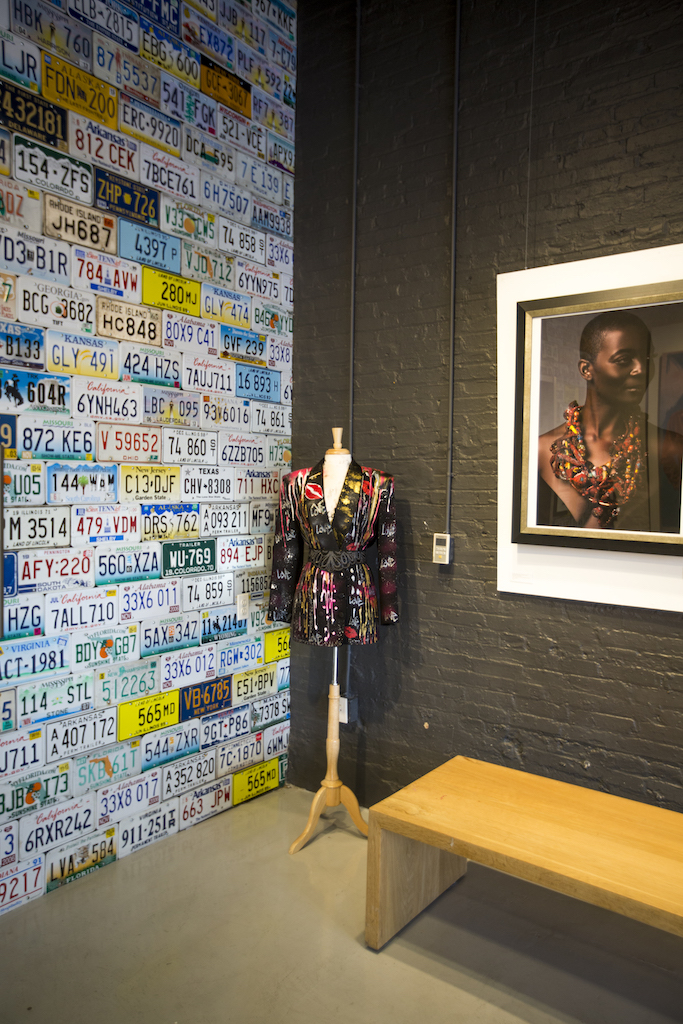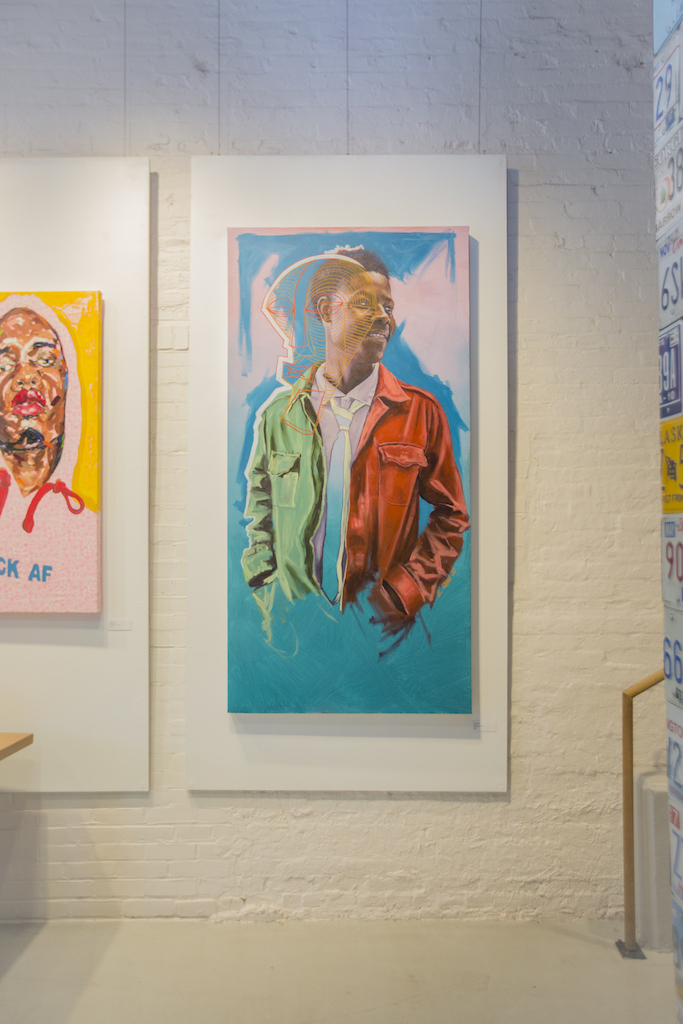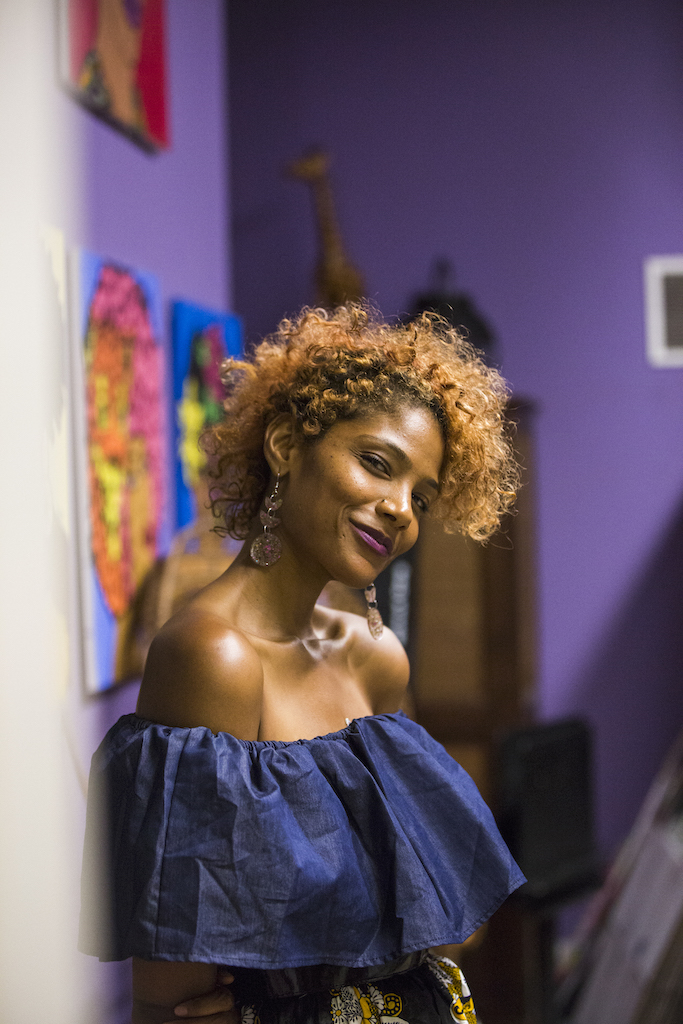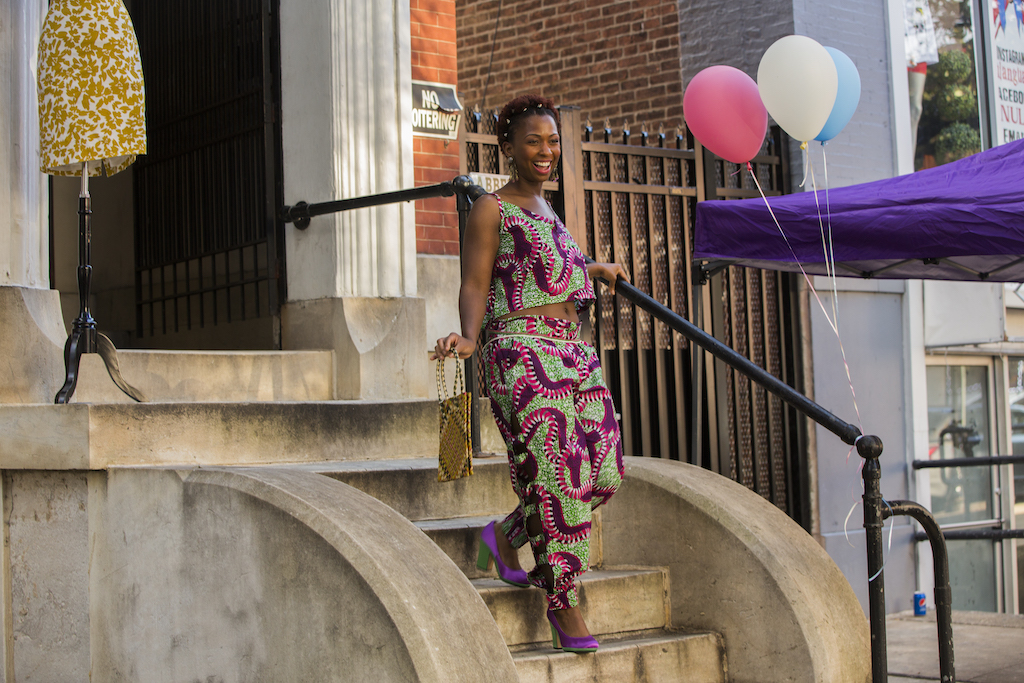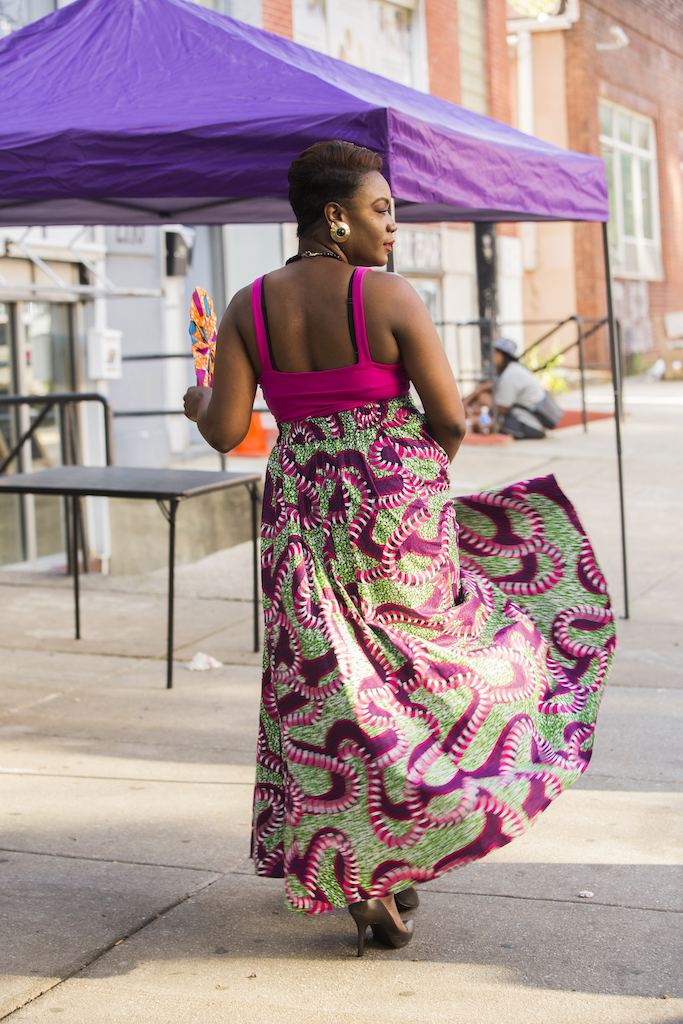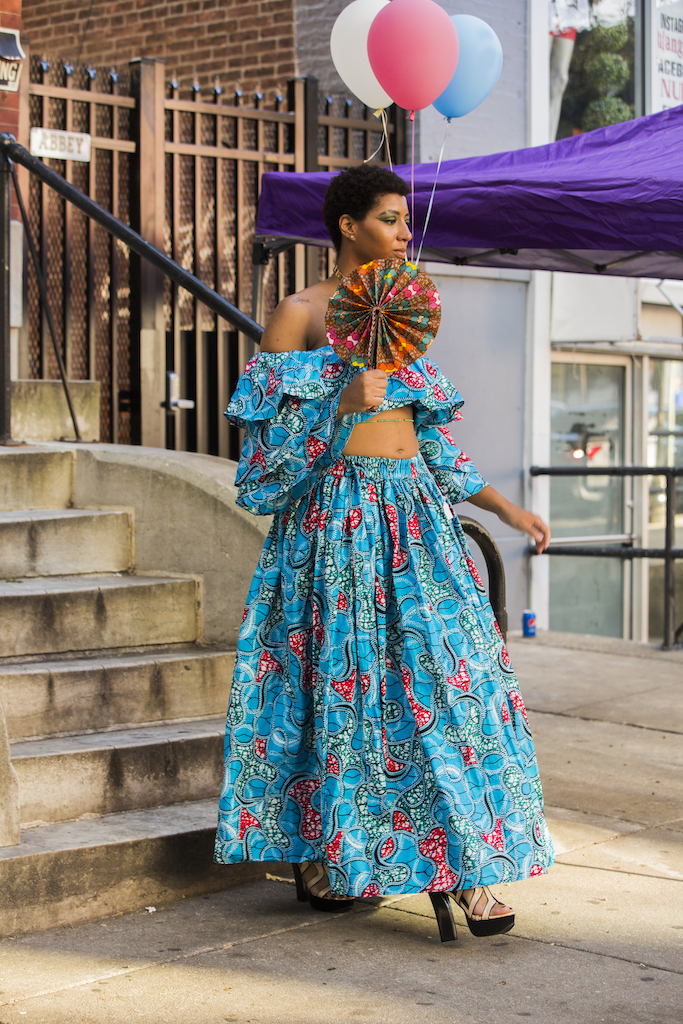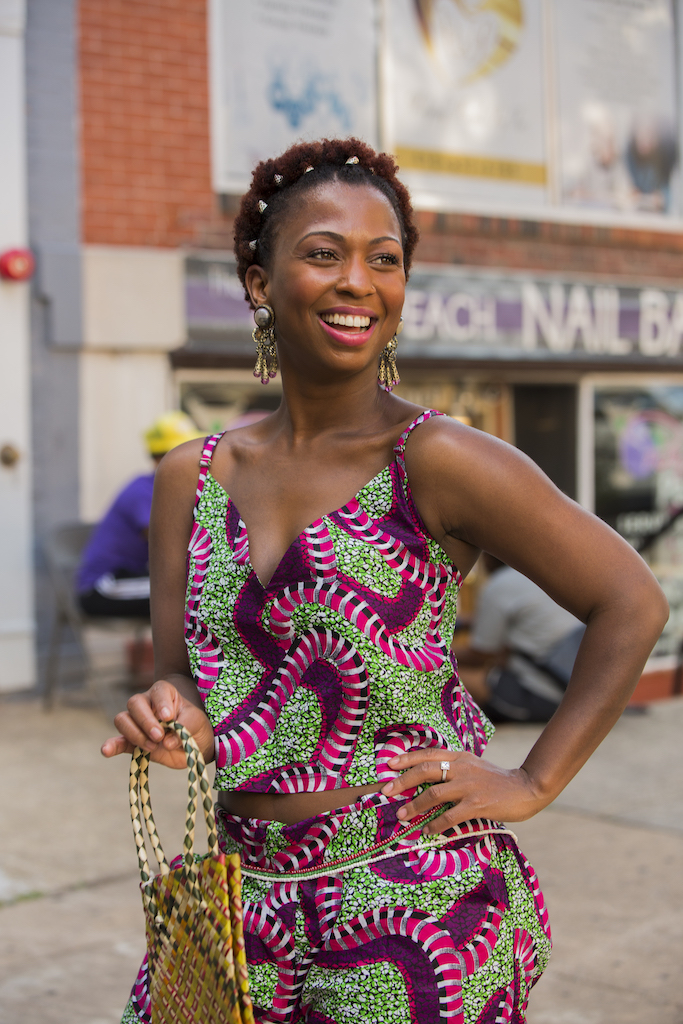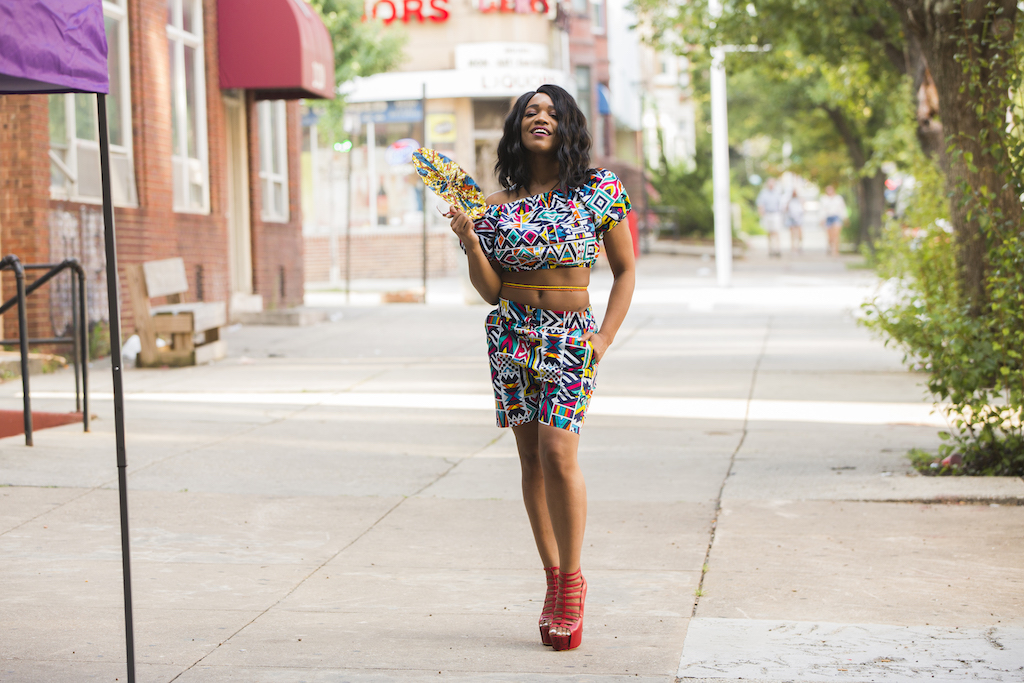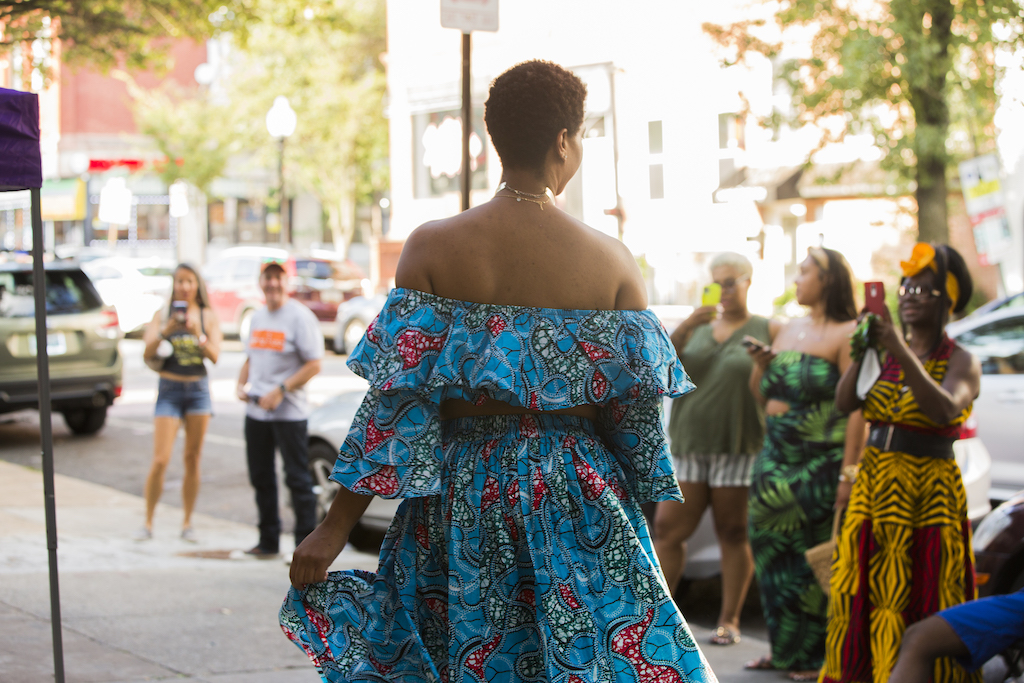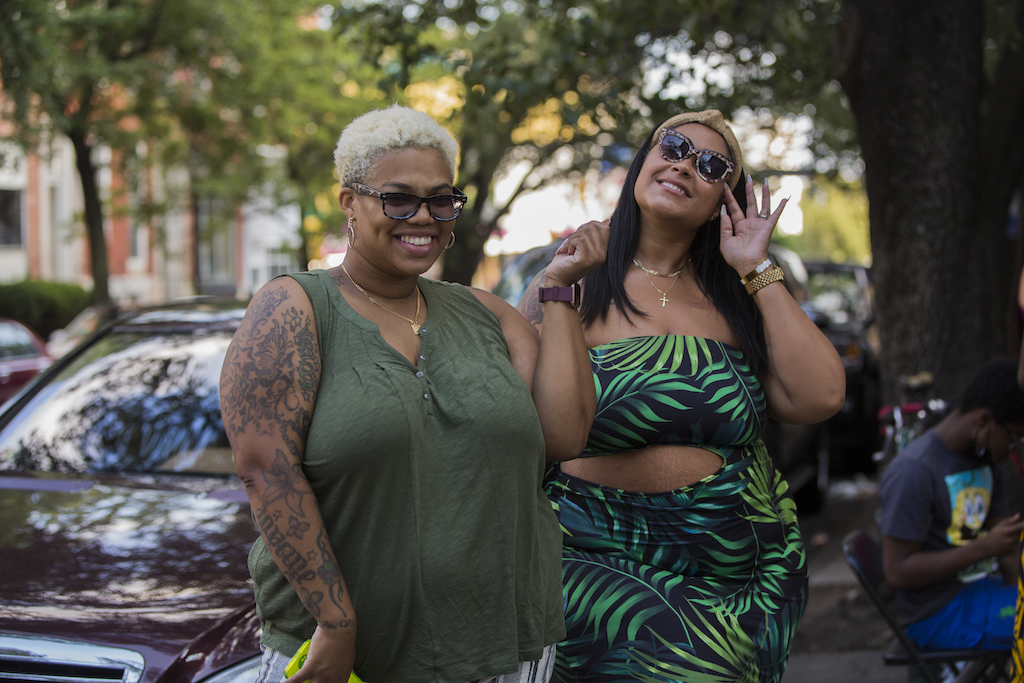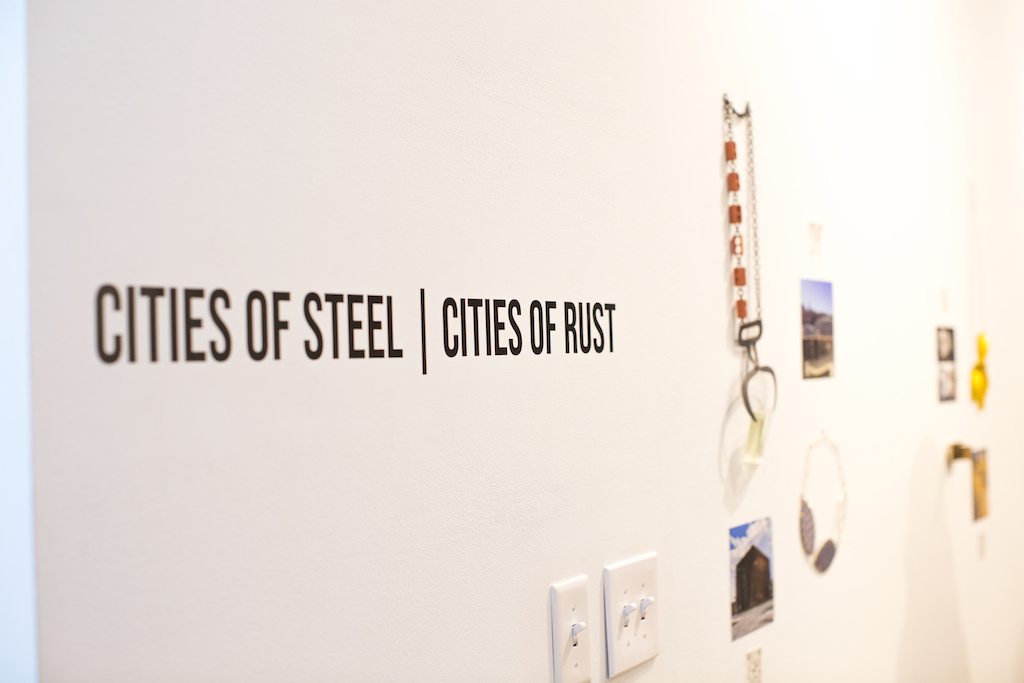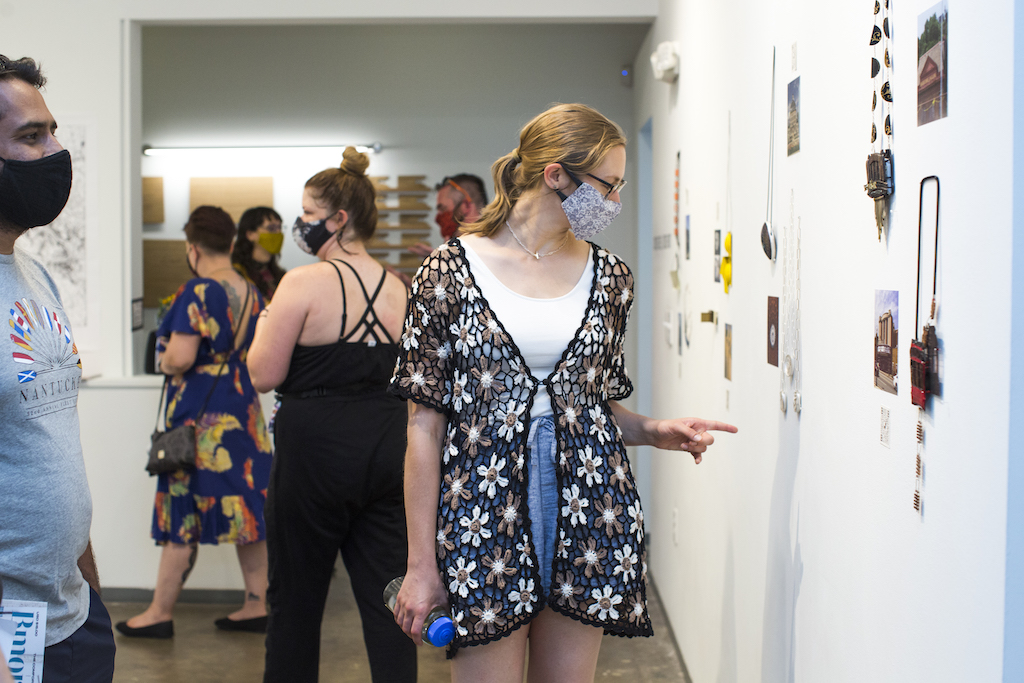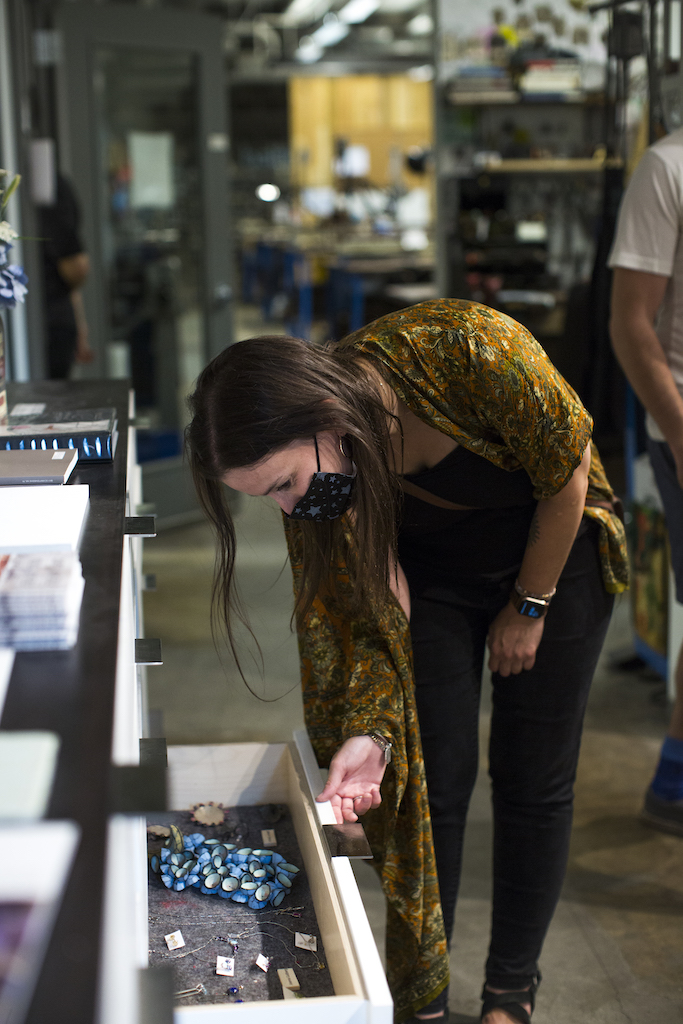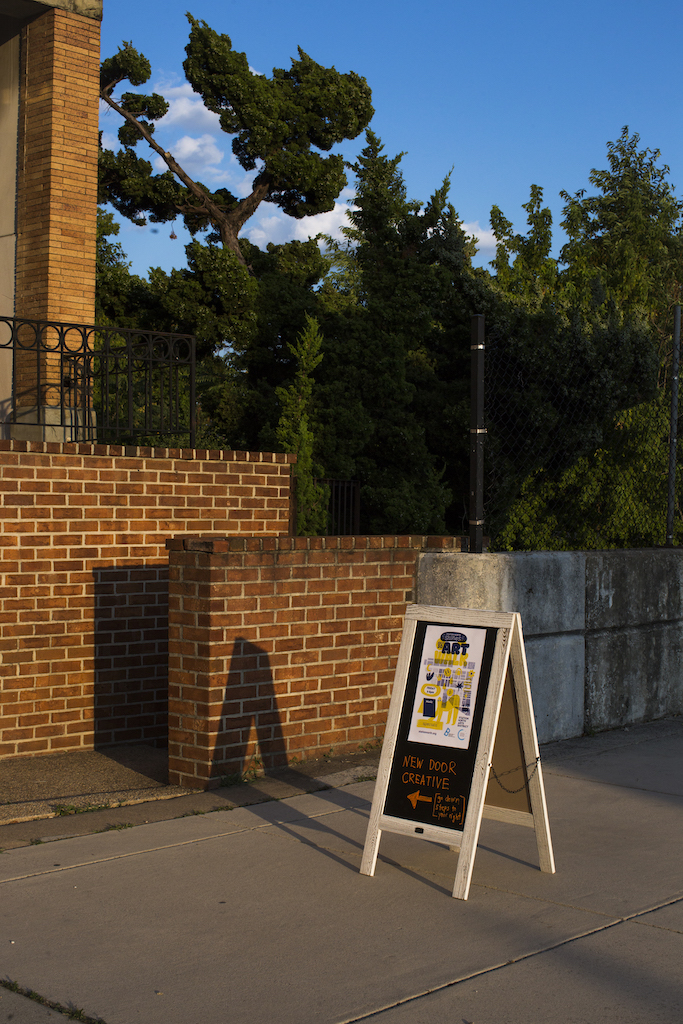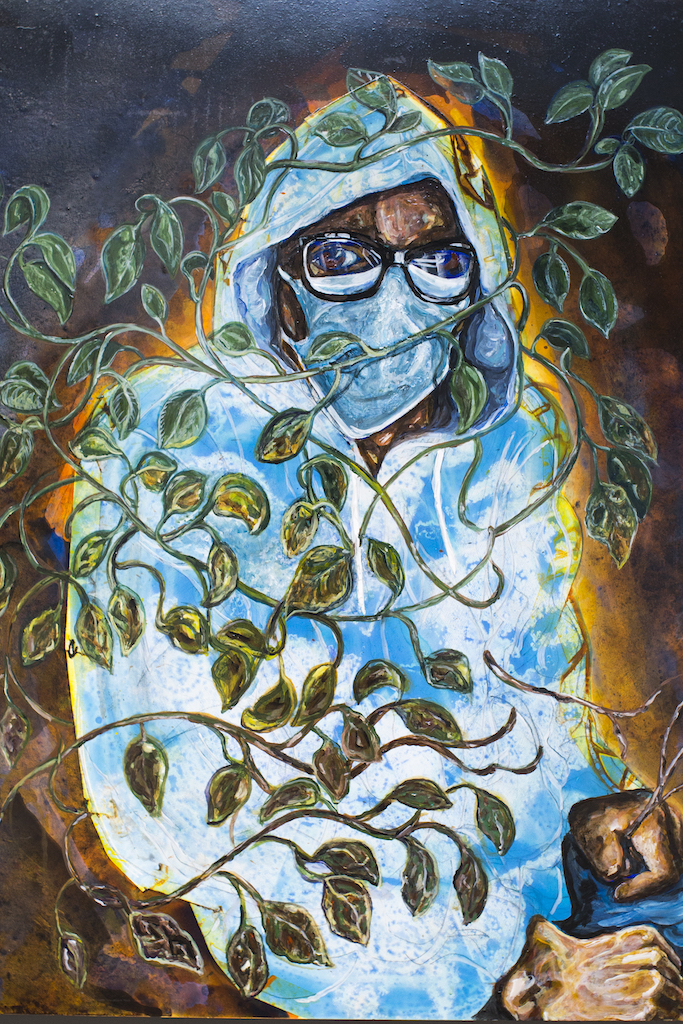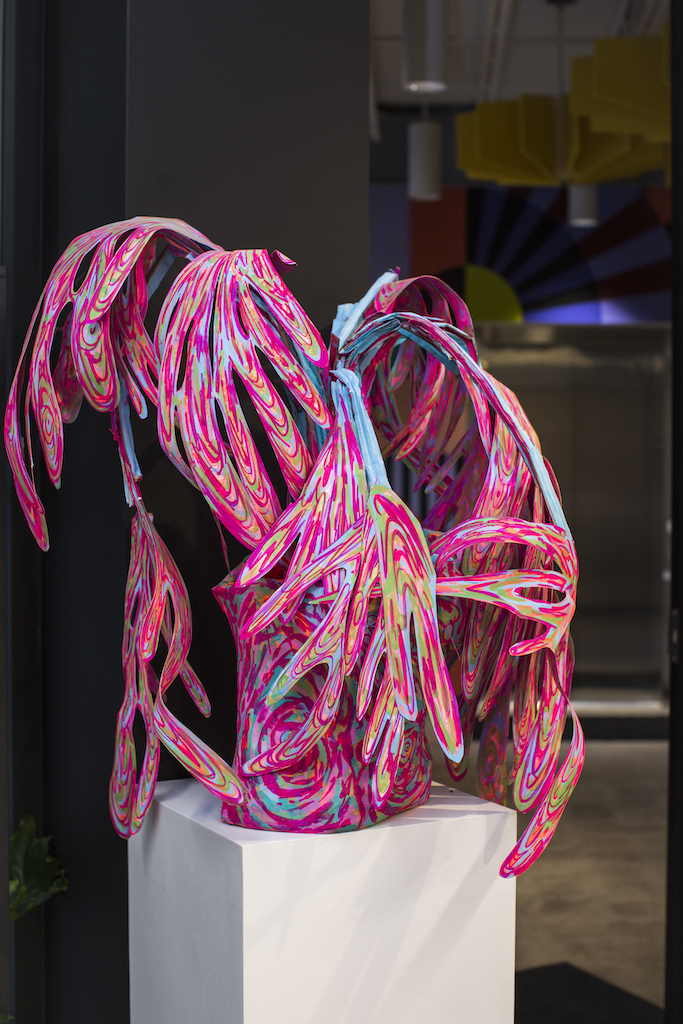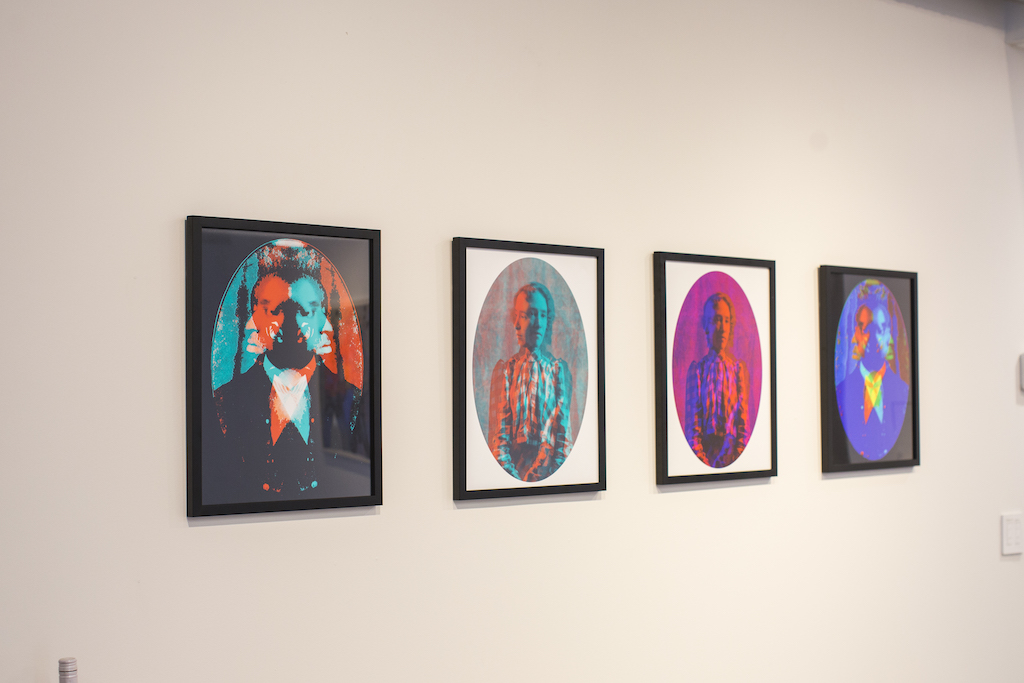As the newest person at the helm of Station North A&E, and now hosted within the Central Baltimore Partnership, can you talk about how the organization’s mission and role have evolved?
I work as a part-time Program Coordinator initially hired to organize art walks, working in tandem with my colleague and musician, Abby Becker, our Ynot Lot Program Coordinator. I also hold a practice as a freelance illustrator, a Teaching Artist with Young Audiences, and an Engagement Coordinator with Signal Station North at Neighborhood Design Center. These overlapping roles, with support from Abby and my supervisor, Jack Danna, the Director of Commercial Revitalization at CBP, allow me to play the role of a connector and cheerleader in the district.
However, due to the growing potential for more programming in the Station North Arts District, we just applied for an NEA Operations Grant to hire a full-time Arts District Manager, who would manage the Station North Arts District as a program under Central Baltimore Partnership, and focus on a broader set of tasks outside of events, including core program development, public space activation, communications, grant writing, partnership engagement, professional development for artists and arts businesses, and affordable arts spaces.
The Central Baltimore Partnership seems like the perfect hosting organization for Statio North A&E! They do so much for small, creative businesses in the area, I am curious about the changes this has brought.
Even though I participated in many SNAD-based programs throughout the past decade, I have only been staff for the past year when it’s been under CBP. That being said, I’ll do my best to speak to how the mission and role of SNAD has evolved from my experience thus far. Ultimately, having SNAD under the auspices of Central Baltimore Partnership makes us sustainable by marrying the successful community development work of CBP with the cultural arts programming of the Arts District.
CBP’s track record of deploying resources and tools to initiate larger-scale capital projects and smaller scale neighborhood based projects will help bring those resources to our artist community. This work is grounded in CBP’s approach to community development, including CBP’s 5-year Front Center and Equity Plan, Neil Muldrow Business Development Fund around Commercial Corridor Revitalization, the Community Spruce-Up Program, and the newly funded Weinberg Foundation GLOW framework plan for East Baltimore Midway and Greenmount Avenue.
I think this makes so much sense and you should be full-time!
Looking back at how integral CBP was in laying the groundwork for visible, place-based arts programming along North Avenue, this integration feels more like a coming home, after years of deep collaboration.
For example, you can see CBP’s impact in the high demand for programming at the Ynot Lot, where a Spruce Up grant in 2014 granted the Station North Arts & Entertainment district the ability to host free events for the public in a green, accessible space, with an entire shipping container of event equipment anyone can use for free. In the last three years, The Ynot Lot has hosted over 120 free events, and during the pandemic it was a crucial outdoor asset for cultural arts programmers.
That’s so cool! I think there always was some sort of oblique real estate relationships between SNAD and developers, etc. over the years, so it’s good to actually put structure around this natural partnership to elevate the entire area.
Merging with Central Baltimore Partnership allows SNAD to have a broader perspective in terms of who our audience is in addition to the arts community. For example, on the east side of the arts district, in Greenmount West, you can see CBP’s impact from the sprouting of connected gardens and parks from the northeast end to the southwest end, to the colorful texture of the Guildford Street Bridge, all in partnership with the Greenmount West Community Association and several other local organizations.
These community-driven efforts turned paved, empty, or overgrown surfaces into space for neighborhood block parties, public art projects, birthday parties, holiday festivals, street corners to grow food—all things that foster a sense of pride and ownership for residents, whether they have an arts practice or not. The integration of SNAD with CBP encourages more collaboration between quality of life improvements we all benefit from, like increased green space, better health services, access to healthy food, home ownership support, and the things artists need to survive and thrive as well, like the preservation of affordable artist spaces.
Tell me more about the Central Baltimore Partnership.
Central Baltimore Partnership has a long history of sharing tools and resources. They are experts at connecting small businesses and artists to technical assistance, potential space, grant applications, and renovations for safe use through the Arts Space Technical Assistance program at Neighborhood Design Center (NDC). For example, CBP recently secured 200K in a Maryland State SEED capital grant in partnership with MICA to support the implementation of NDC’s concept design plan to build out the new natural dye garden, studio, alternative color lab, and education facility, Blue Light Junction, founded by Kenya Miles, on 209 McAllister Street.
CBP’s Neil Muldrow Fund has aided 42 businesses and craftspeople (56 percent of which are Black- and women-owned) with $1.1 million in grants to support expanded operations. This success is playing a critical role in activating long-vacant storefronts in the Arts District with makers, co-working and incubation hubs, traditional retail, gallery, and performance space mixed with food and entertainment.




